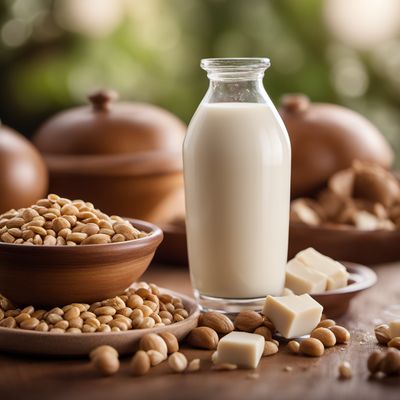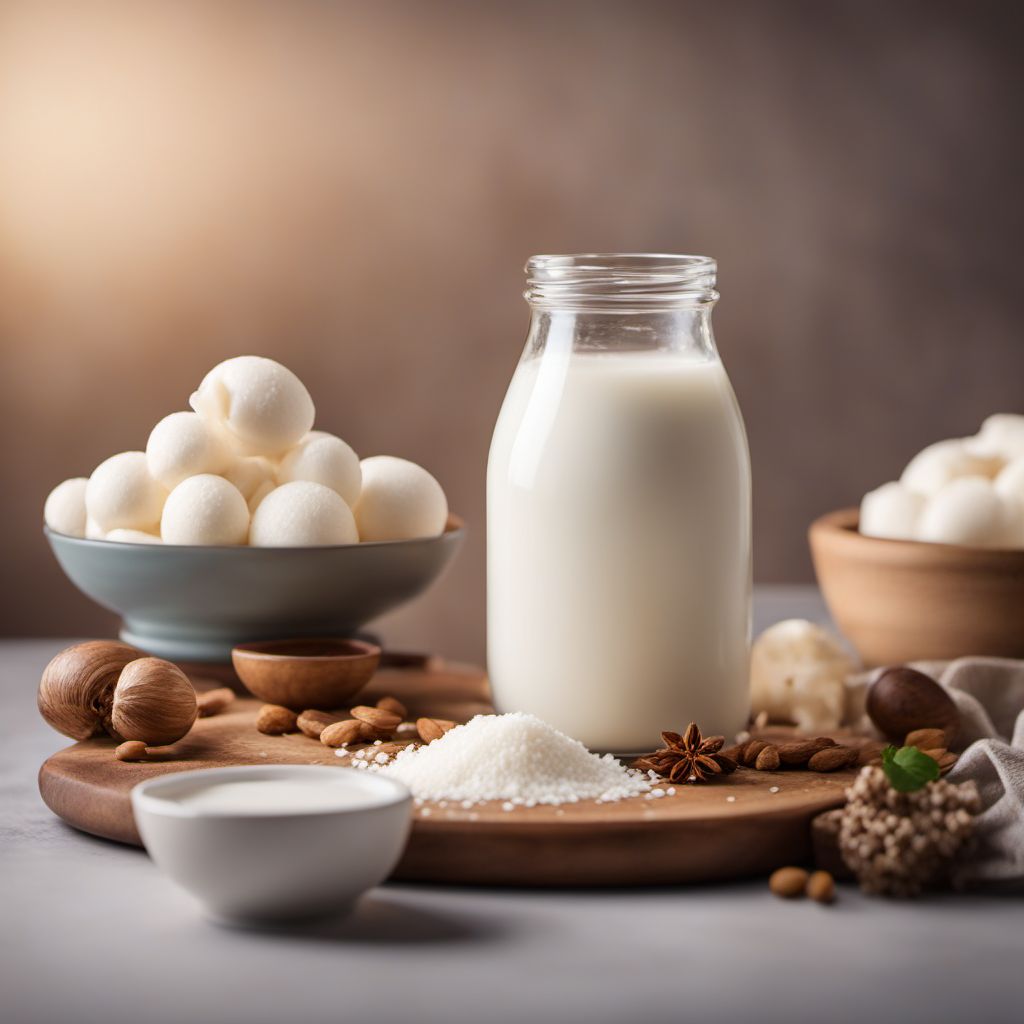
Ingredient
Sheep milk fat
The Creamy Elixir of Sheep
Sheep milk fat, also known as sheep butter or sheep ghee, is a prized ingredient renowned for its rich and creamy characteristics. It has a distinct flavor that is often described as nutty, earthy, and slightly gamey. The texture of sheep milk fat is exceptionally smooth and velvety, making it a delightful addition to a wide range of culinary creations. Its appearance is pale yellow, similar to traditional cow's milk butter, but with a unique richness that sets it apart.
Origins and history
Sheep milk fat has a long history dating back thousands of years. Sheep milk has been consumed and utilized for its fat content in various cultures around the world, including the Mediterranean, Middle East, and parts of Europe. The high fat content of sheep milk makes it ideal for producing rich and flavorful butter. Sheep milk fat has been traditionally used in regional dishes, such as the famous French Roquefort cheese, where it contributes to the cheese's distinctive taste and texture.
Nutritional information
Sheep milk fat is a concentrated source of energy, providing a high amount of calories and fat. It is also rich in essential fatty acids, vitamins A, D, E, and K, as well as minerals like calcium and phosphorus. However, due to its high fat content, it should be consumed in moderation as part of a balanced diet.
How to select
When selecting sheep milk fat, look for products that are made from high-quality sheep milk and have a smooth and creamy texture. The color should be pale yellow, and the aroma should be pleasant and slightly nutty. Opt for brands that prioritize sustainable and ethical farming practices to ensure the best quality product.
Storage recommendations
To maintain the freshness and quality of sheep milk fat, store it in an airtight container in the refrigerator. It is important to keep it away from strong-smelling foods as it can absorb odors easily. Sheep milk fat can also be frozen for longer-term storage, but it may slightly alter the texture upon thawing. Allow it to come to room temperature before using to restore its creamy consistency.
Preparation tips
Sheep milk fat can be used as a substitute for regular butter in both sweet and savory recipes. It adds a unique richness and depth of flavor to baked goods, sauces, and spreads. Additionally, it can be used for frying or sautéing, as it has a higher smoke point than regular butter. When using sheep milk fat in recipes, keep in mind that it has a slightly lower water content than cow's milk butter, so adjustments may be needed in certain recipes.
Culinary uses
Sheep milk fat is a versatile ingredient that can be used in a variety of culinary applications. It is commonly used in baking, where it adds a rich and buttery flavor to pastries, cookies, and cakes. It is also a popular choice for making creamy sauces, such as beurre blanc or hollandaise. In addition, sheep milk fat can be used to enhance the flavor of roasted vegetables, mashed potatoes, or simply spread on warm bread for a decadent treat.
Availability
Sheep milk fat is commonly available in regions with a strong sheep farming tradition, such as the Mediterranean countries (Greece, Italy, Spain), the Middle East, and parts of Europe. It can also be found in specialty stores or online retailers that cater to gourmet ingredients.
More ingredients from this category
Recipes using Sheep milk fat

Kazakh-style Dražgoški Kruhek
Savory Kazakh Delight: Dražgoški Kruhek with a Twist

Skilpadjies - Traditional South African Lamb Liver Wrapped in Caul Fat
Savory Delights: South African Lamb Liver Parcels
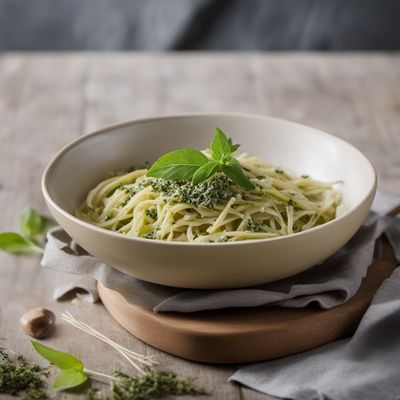
Carmarthenshire-inspired Canestrello di Taggia
Welsh Twist on Italian Canestrello di Taggia

Inuit-Inspired Arctic Delight Maritozzo
Arctic Sweet Bread: A Taste of Inuit-Inspired Maritozzo
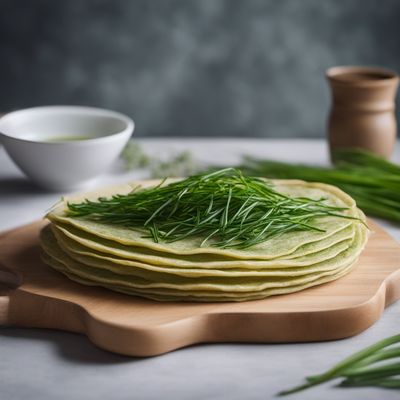
Inuit-style Scallion Pancake
Arctic Flavors: Inuit-inspired Scallion Pancake
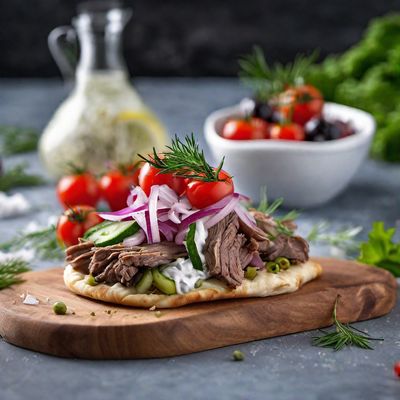
Molecular Gastronomy Gyros
The Gastronomic Revolution: Molecular Gyros


